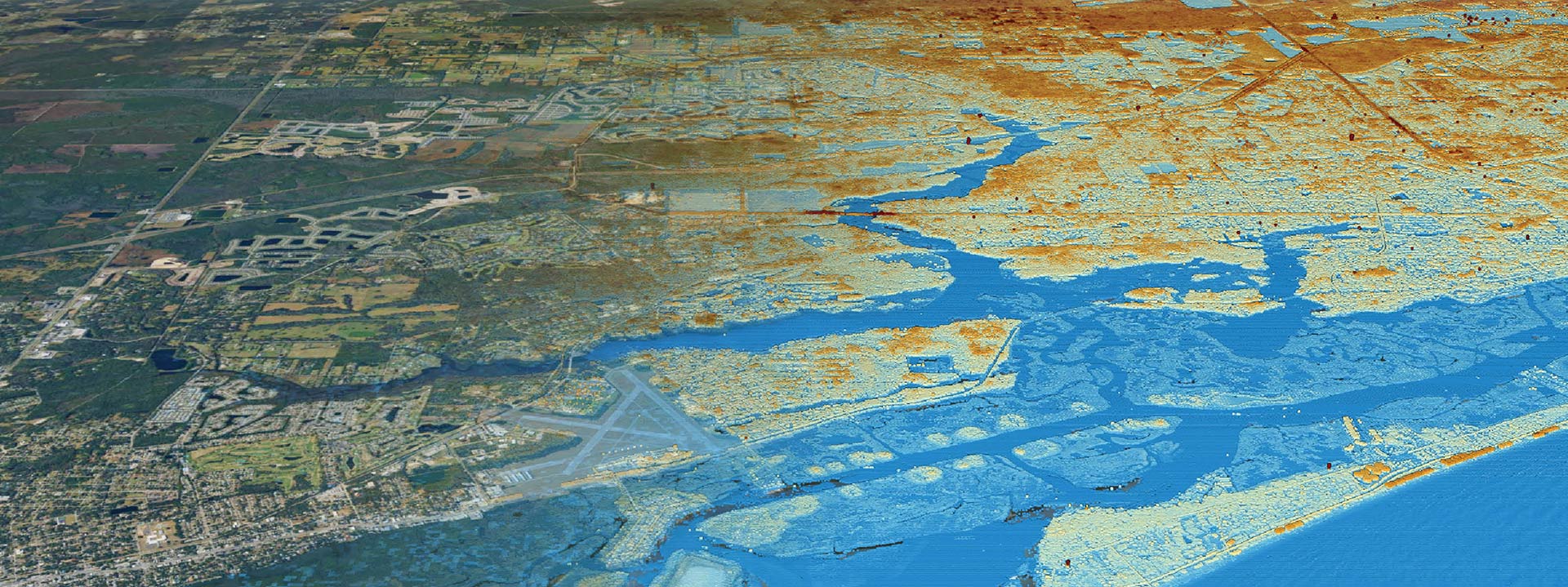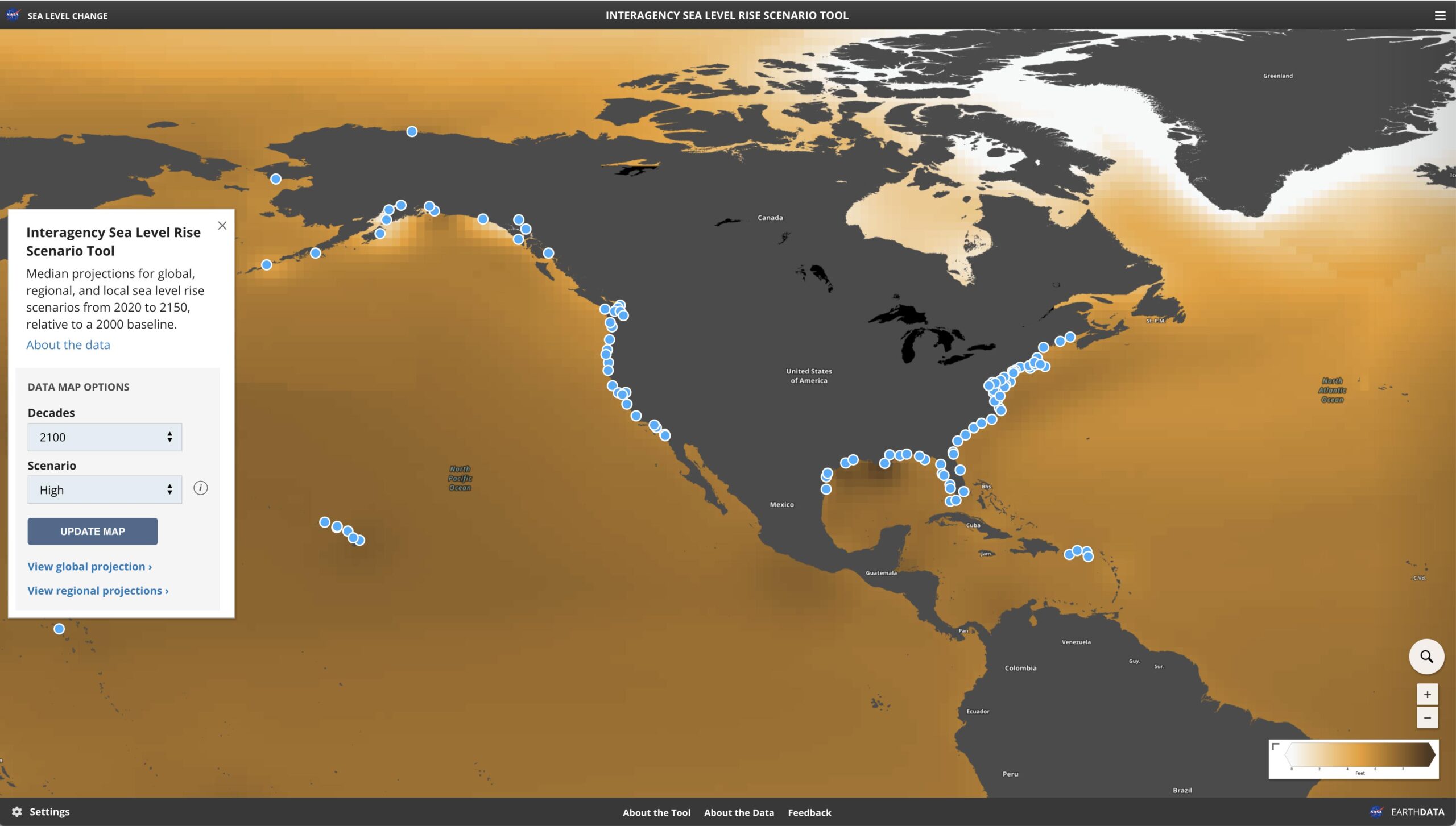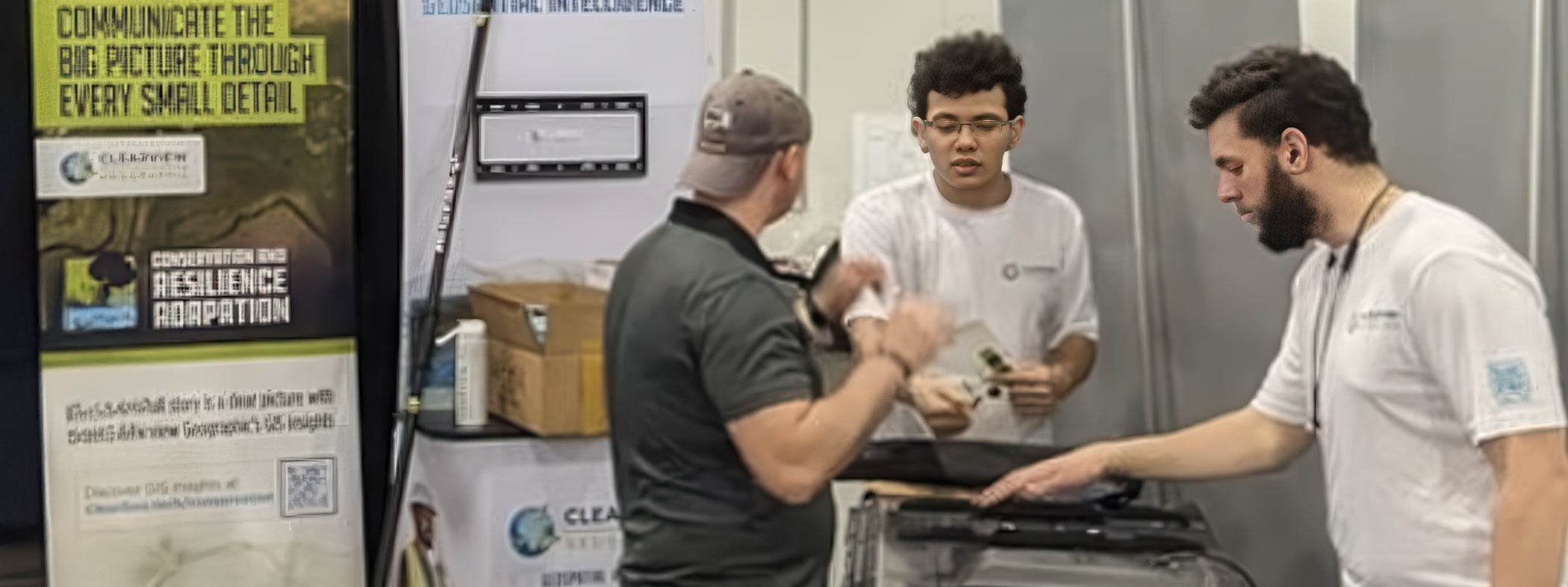Mitigating Environmental Impacts in Florida: 7 Services You Need to Know About
If you’re planning a construction or agriculture project in Florida, it’s essential to understand the potential impacts on the surrounding environment. Florida’s unique ecosystem is home to a variety of species, wetlands, and natural habitats, which require special consideration during development. However, several services are available to help mitigate environmental impacts and ensure regulatory compliance.
Here are the top services you need to know for mitigating construction impacts in Florida:
- Uniform Mitigation Assessment Method (UMAM) Assessments
The UMAM is a standardized tool for evaluating the ecological value of a site and its potential mitigation requirements. A UMAM assessment provides a baseline for determining the required mitigation for impacts to wetlands, uplands, and other natural resources. It’s an essential step for environmental compliance and can help streamline the permitting process.
- Wetland Rapid Assessment Procedure (WRAP) Assessments
WRAP assessments are used to evaluate wetlands’ ecological value and determine the impact level from a development project that involves. The assessment considers factors such as vegetation, hydrology, and soils to determine the wetland’s functional value. The results can guide the mitigation plan and help ensure compliance with state and federal regulations.
- Native Plantings
Native plantings are an effective way to restore damaged or disturbed areas and mitigate the impacts of construction. Native plants are adapted to Florida’s climate and soil conditions and provide critical habitat for local wildlife. They can also help prevent erosion, filter stormwater runoff, and improve water quality.
- Reforestation and Tree Replacement
Reforestation and tree replacement are essential for offsetting the loss of trees due to construction. Trees provide a variety of benefits, including carbon sequestration, air and water quality improvement, and wildlife habitat. A reforestation plan can help ensure that the environmental impacts of construction are offset by new tree plantings.
- Conservation Area Establishment and Management
Conservation areas are valuable for protecting and preserving Florida’s natural habitats. Establishing and managing a conservation area can help offset the impacts of construction and provide important ecological benefits. The management plan should include strategies for invasive species control, restoration of degraded areas, and long-term monitoring.
- Wetland Restoration
Wetland restoration is an effective way to offset the impacts of construction and restore damaged or degraded wetlands. Restoration projects can improve water quality, provide habitat for wildlife, and help mitigate the impacts of storms and flooding. It’s important to work with experienced professionals to ensure that the restoration plan is effective and sustainable.
- Invasive Species Removal
Invasive species are a significant threat to Florida’s natural habitats and can cause extensive damage if left unchecked. Invasive species removal is an important step in mitigating construction impacts and preserving the local environment. A professional team can identify and remove invasive species and develop a long-term management plan to prevent future infestations.
In conclusion, mitigating wetland impacts in Florida requires careful consideration and specialized knowledge. By utilizing the services like those mentioned above, you can ensure environmental compliance and offset the impacts of construction on Florida’s unique ecosystem. Contact our team today to learn more about how we can help you with your next project.
References
- Florida Uniform Mitigation Assessment Method:
- The Uniform Mitigation Assessment Method (UMAM) | Florida Department of Environmental Protection
- Wetland Delineation and UMAM Resources | Florida Department of Environmental Protection
- Uniform Mitigation Assessment Method Toolbox | Florida Department of Environmental Protection
- Technical Publication Reg-001 Wetland Rapid Assessment Procedure (WRAP) | South Florida Water Management District
- Calculating Mitigation, Lift v. Loss | United States Army Corps of Engineers Jacksonville District
- Ask IFAS: Native Florida Plants | University of Florida IFAS Extension (ufl.edu)
- Why Native Plants Matter | Audubon
- Conservation Basics: Natural Resource Conservation: Plants | Natural Resources Conservation Service (usda.gov)
- Wetland Mitigation Banking Program | Natural Resources Conservation Service (usda.gov)
- Water Resource Management | Florida Department of Environmental Protection
- Florida’s Water Permitting Portal (flwaterpermits.com)
- State 404 Program | Florida Department of Environmental Protection
- Reforestation Hub – Reforestation Opportunities for Climate Change Mitigation
- Examining the Viability of Planting Trees to Help Mitigate Climate Change – Climate Change: Vital Signs of the Planet (nasa.gov)
- Mitigation and Conservation Bank Easement Template | FWS.gov
- Federal Guidance for the Establishment, Use and Operation of Mitigation Banks | US EPA
- SS-FOR-21/FR149: Conservation Easements: An Option for Preserving Current Land Uses (ufl.edu)
- FAQ: Conservation Easements | Florida Department of Environmental Protection
- Conservation Easements – Florida Land Steward – University of Florida, Institute of Food and Agricultural Sciences – UF/IFAS (ufl.edu)
- Deed of Conservation Easement for Mitigation Banks with Third Party Beneficiary Rights to the U.S. Army Corps of Engineers | Florida Department of Environmental Protection
- Conservation Planning | FWC (myfwc.com)



